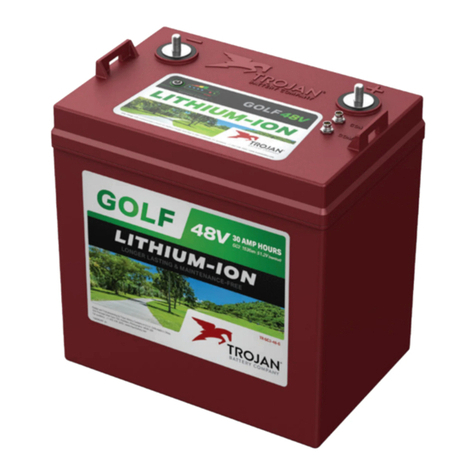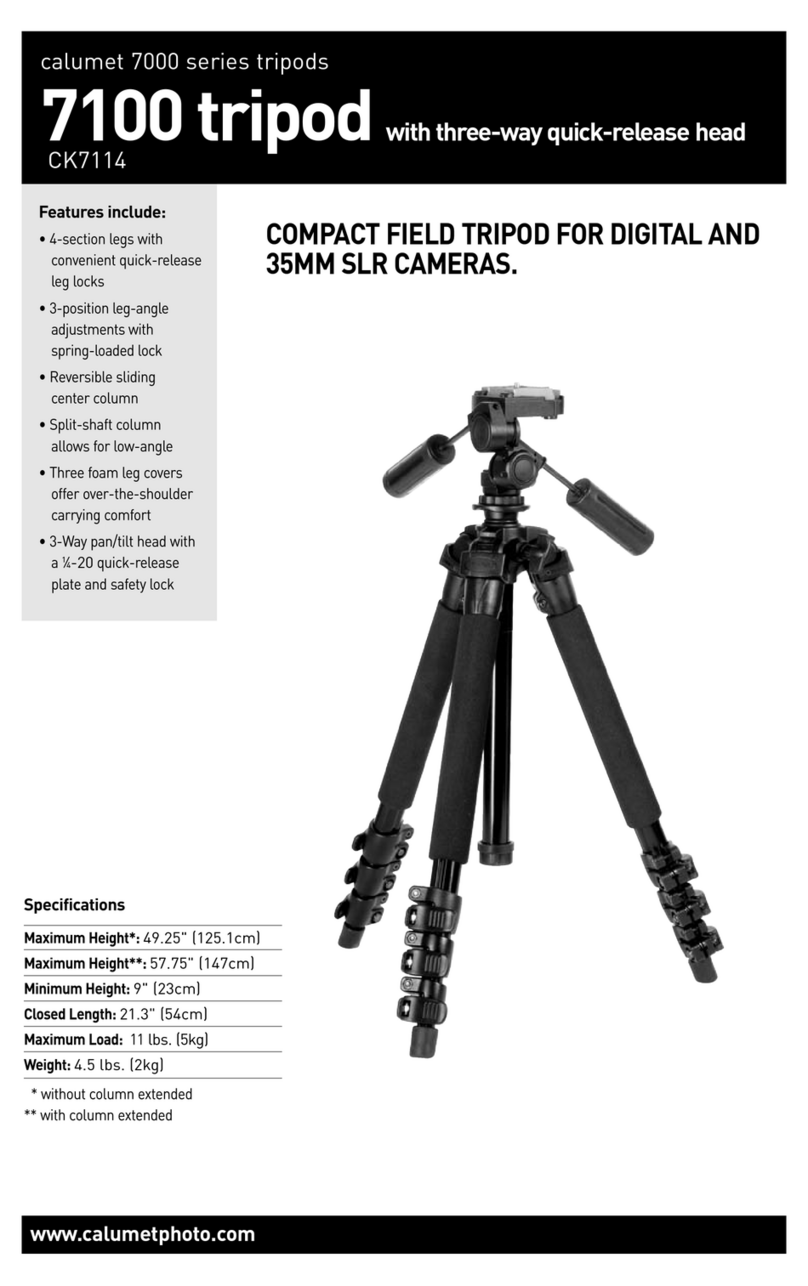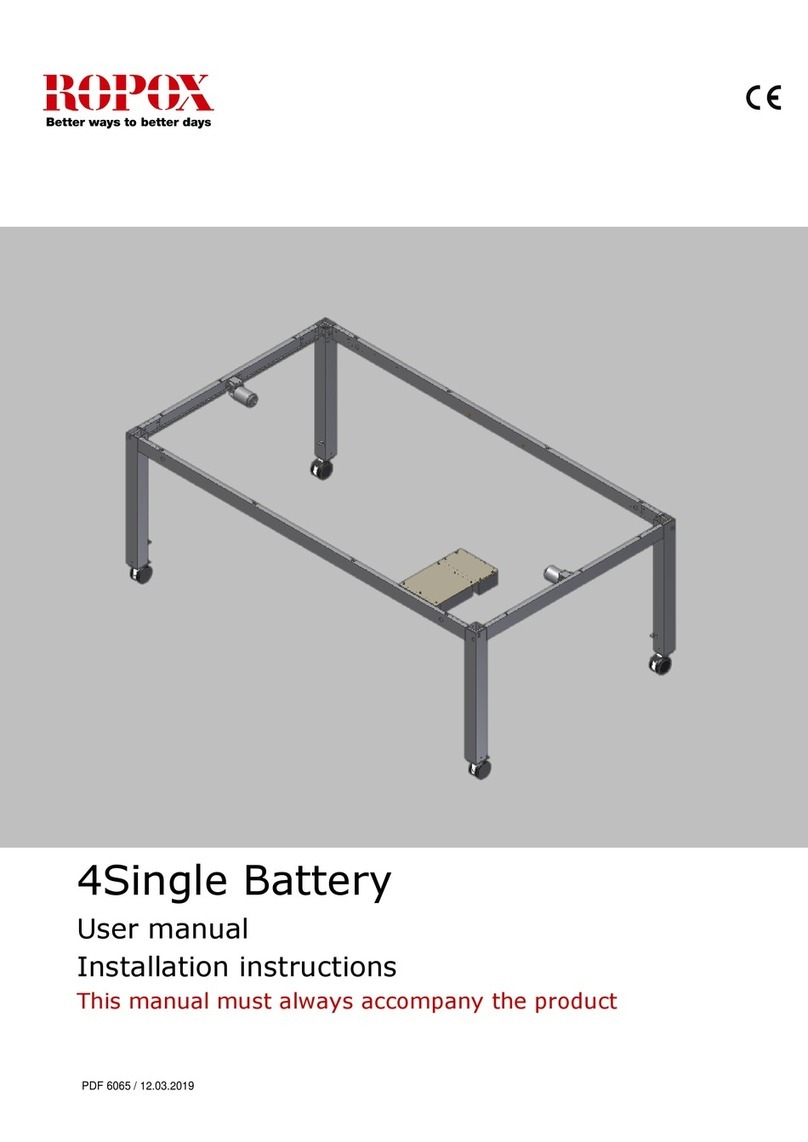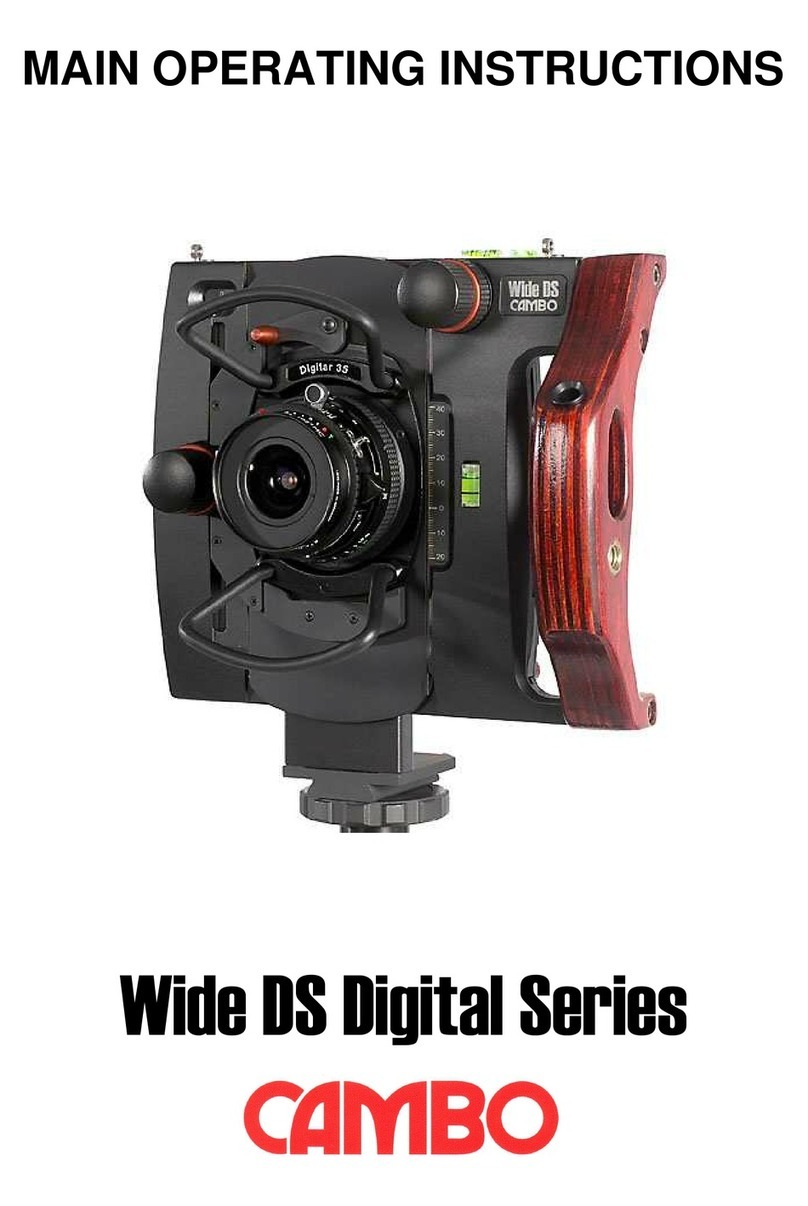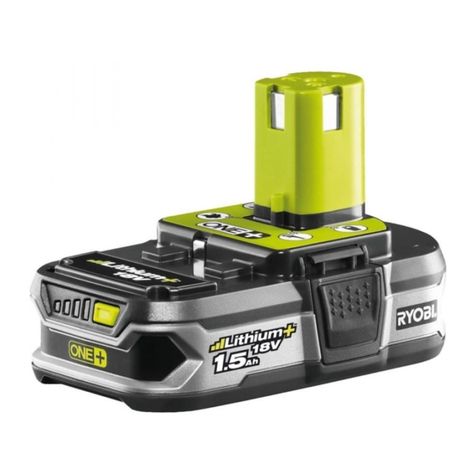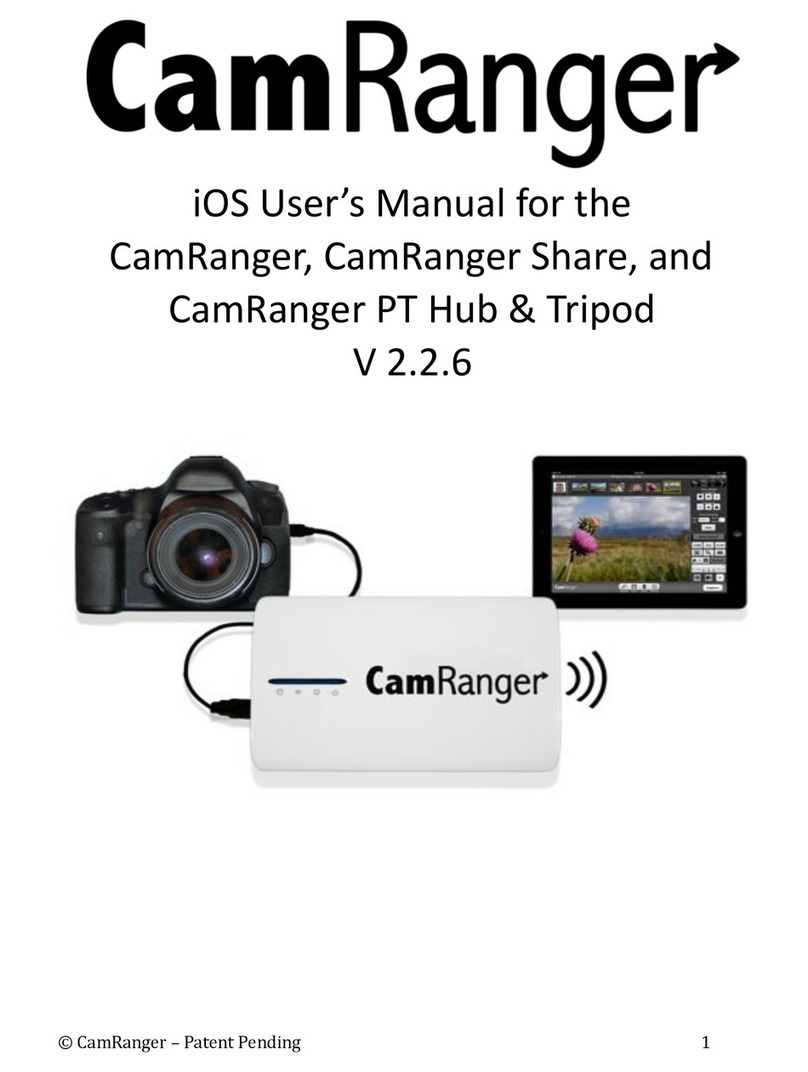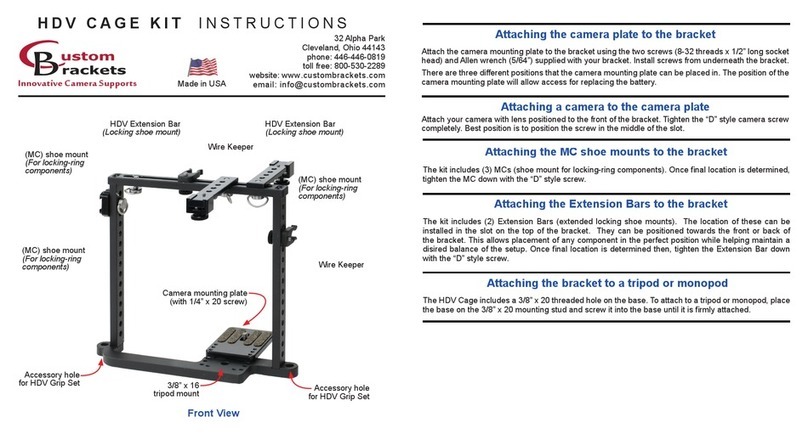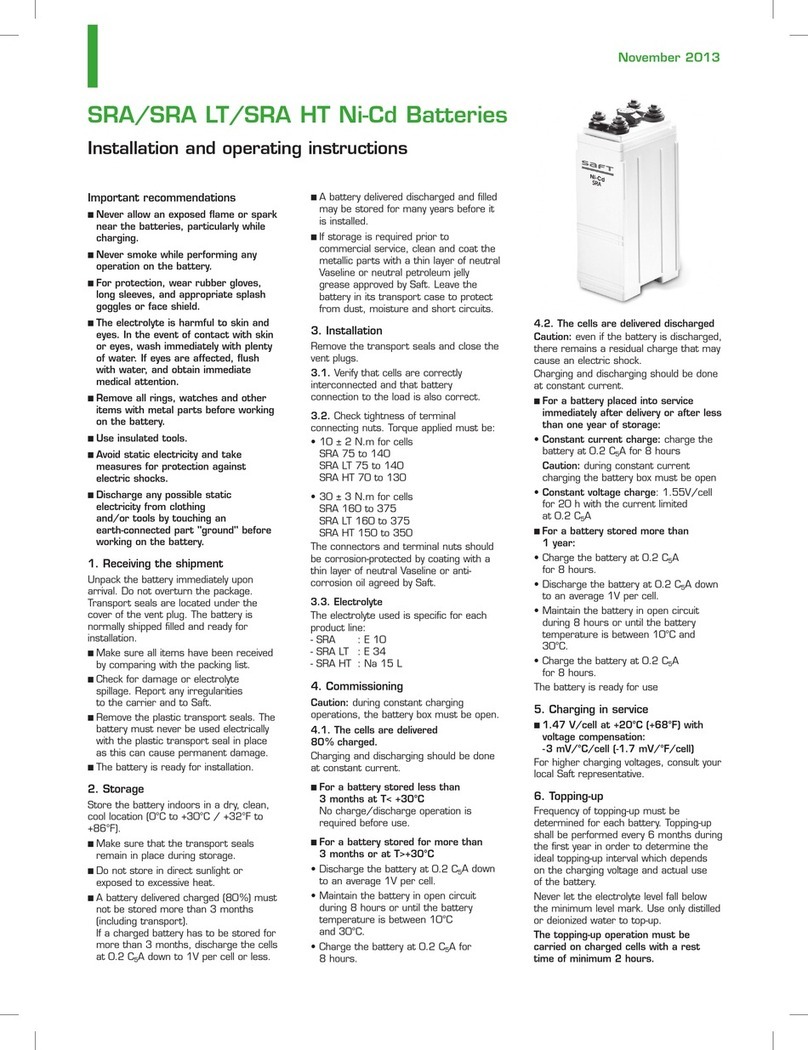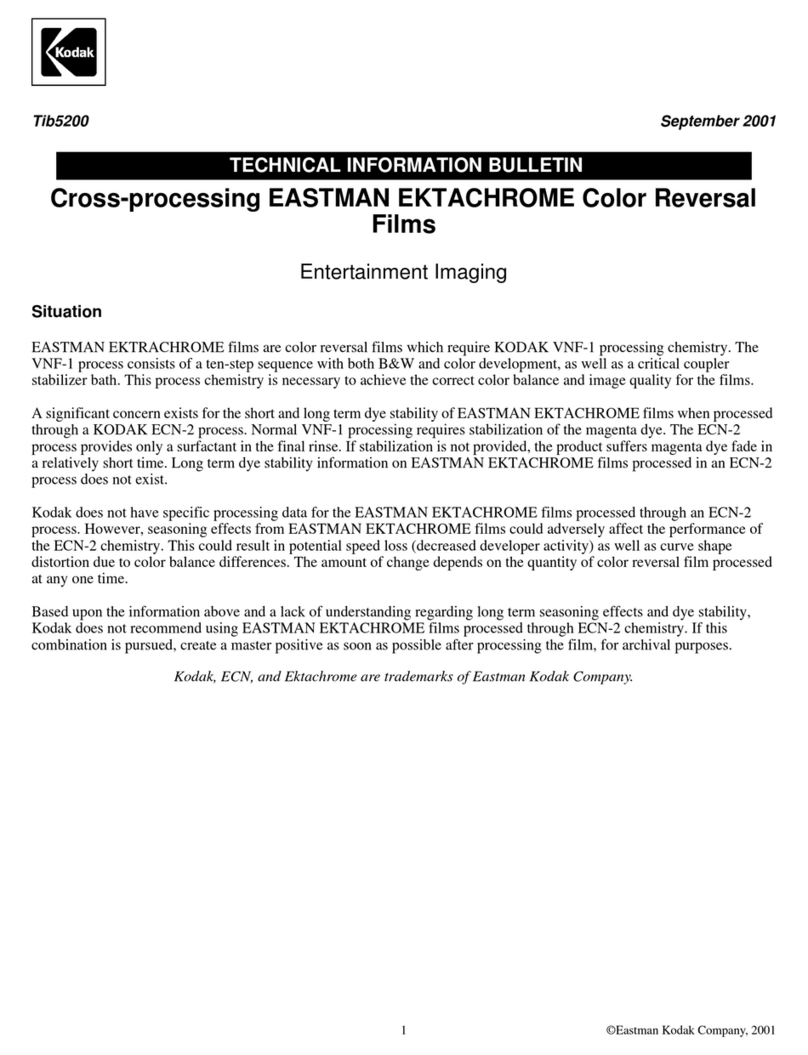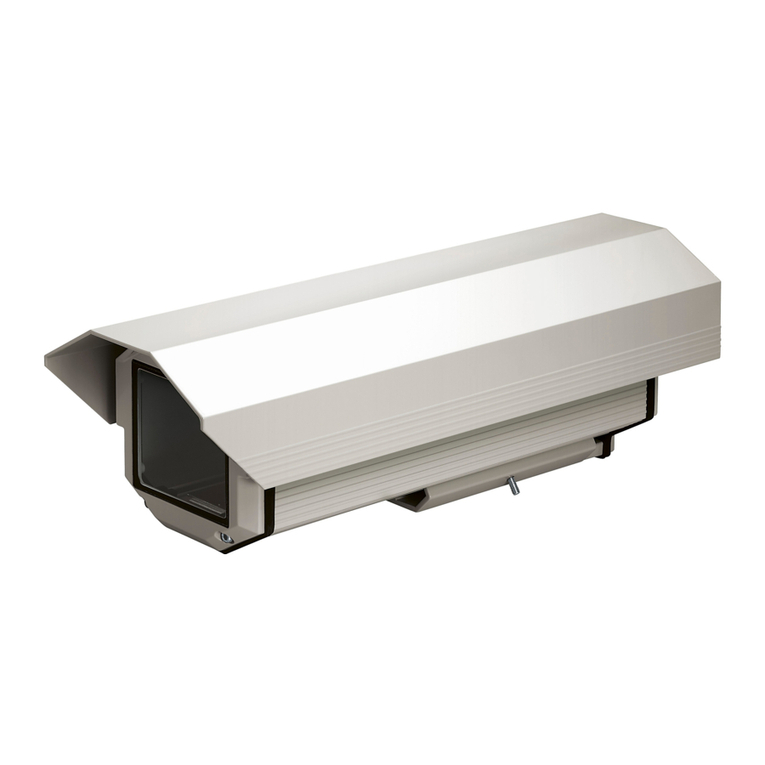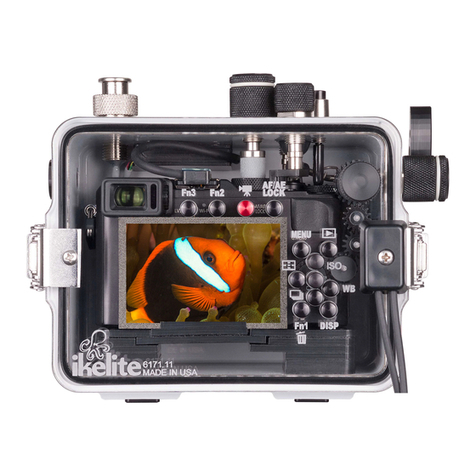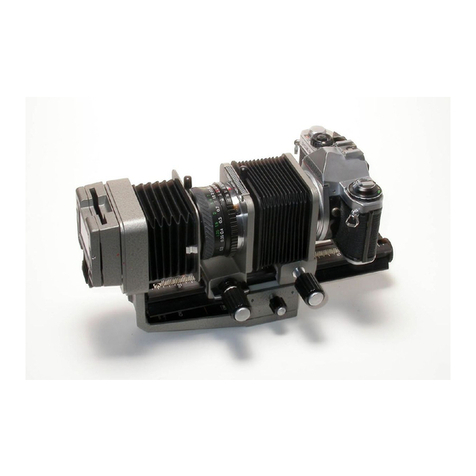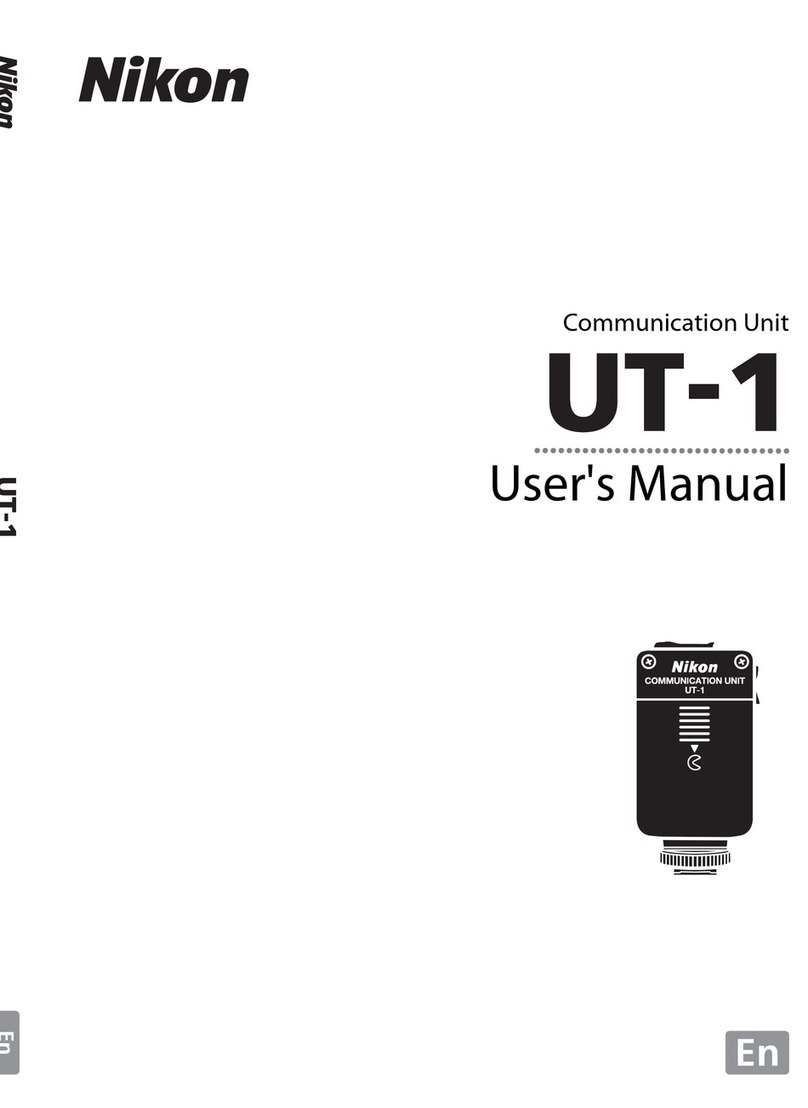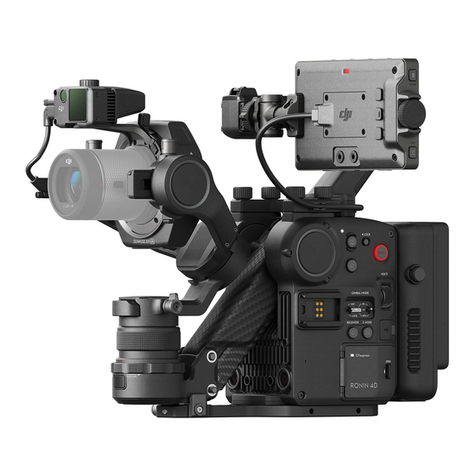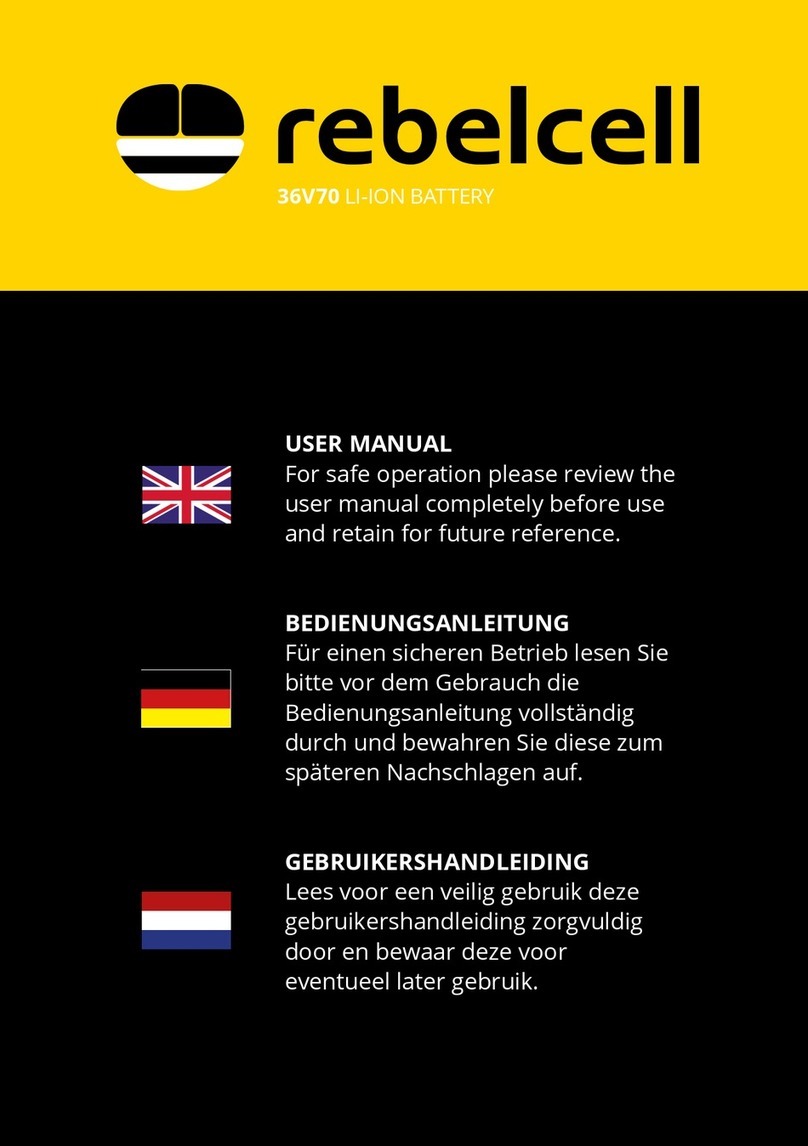
Using the Sound Feature:
•To test the device using the Sound setting, turn the device off, plug the
sound sensor in and turn it back on. The sound sensor is small attachment
with the small “listening” hole. Plug it into the SND port (on the side of
the Strike Finder Touch). Gently tap the sound sensor or make some type
of noise. The trigger should blink as often as the sensor detects sound.
Each time the trigger light blinks, the camera’s shutter should also release,
the screen will indicate how loud the noise is. (Note: the status bar at the
bottom of the screen will indicate “Wait” or “Ready”. The device will be in
“wait” mode while the picture is being taken and will not allow any part of
the screen to be adjusted)
•To increase sensitivity, simply slide the slider bar to the right.
•Other options on this screen are the delay and number of photographs to
take, simply tap the up and down arrows to adjust each one. Note: Delay
is in milliseconds. Uses include, popping water balloons, bullets, or any
loud sound that requires instant firing. You may want to add a delay to help
capture the perfect photograph. You may also notice the device may trigger when your hand is near or
touching the Sound port, the sensor ports are very sensitive and the device may respond. Simply move your
hand away from the port to eliminate the issue.
Using the Motion Feature:
•To test the motion sensor, plug the motion attachment into the Motion
port and turn on the device. Please allow 30 seconds for it to calibrate
with the environment (indicated by slight red glow). You may want to
unplug your camera during this time as it will trigger your camera’s shutter
every second. After the red illumination has turned off, the sensor has
calibrated. At this time, plug it into your camera, once motion is detected,
it will trigger the camera’s shutter.
•The Interval is the number of seconds between each photograph while
motion is detected. For example, if you have you have your camera set up
for wildlife, you may only want to capture a photograph every 10 seconds,
you can adjust that here.
•You can also adjust the number of photographs to take while motion is
being detected.
Note: The motion or sound sensors should be plugged in independently. For
best results, don’t plug them in together. The status bar at the bottom of the screen will indicate “Wait” or
“Ready”. The device will be in “wait” mode while the picture is being taken and will not allow any part of the
screen to be adjusted. Wait until the screen says “Ready” before adjusting any setting.
Copyright 2010-2014 All Rights Reserved. Ubertronix, Inc.
